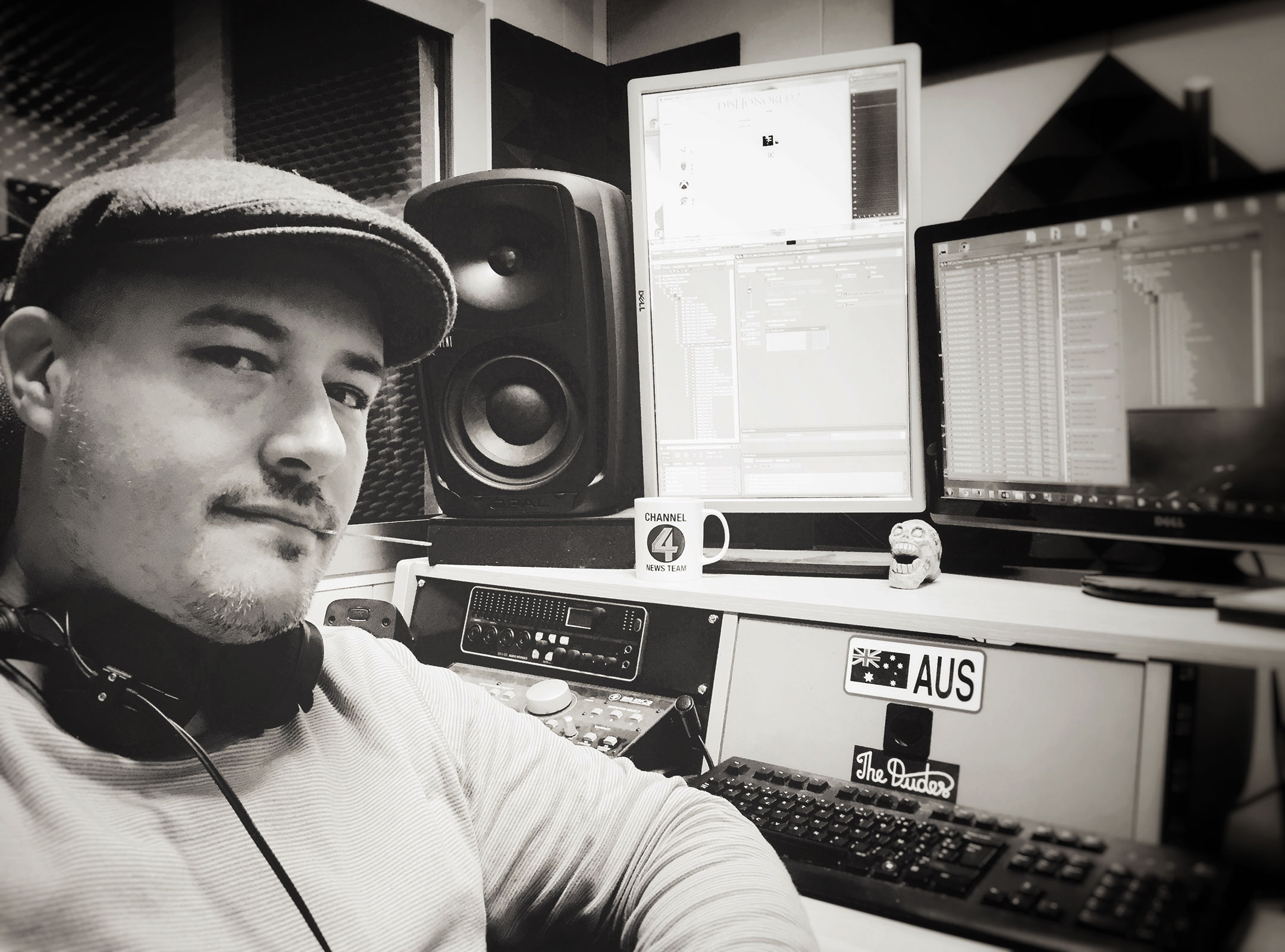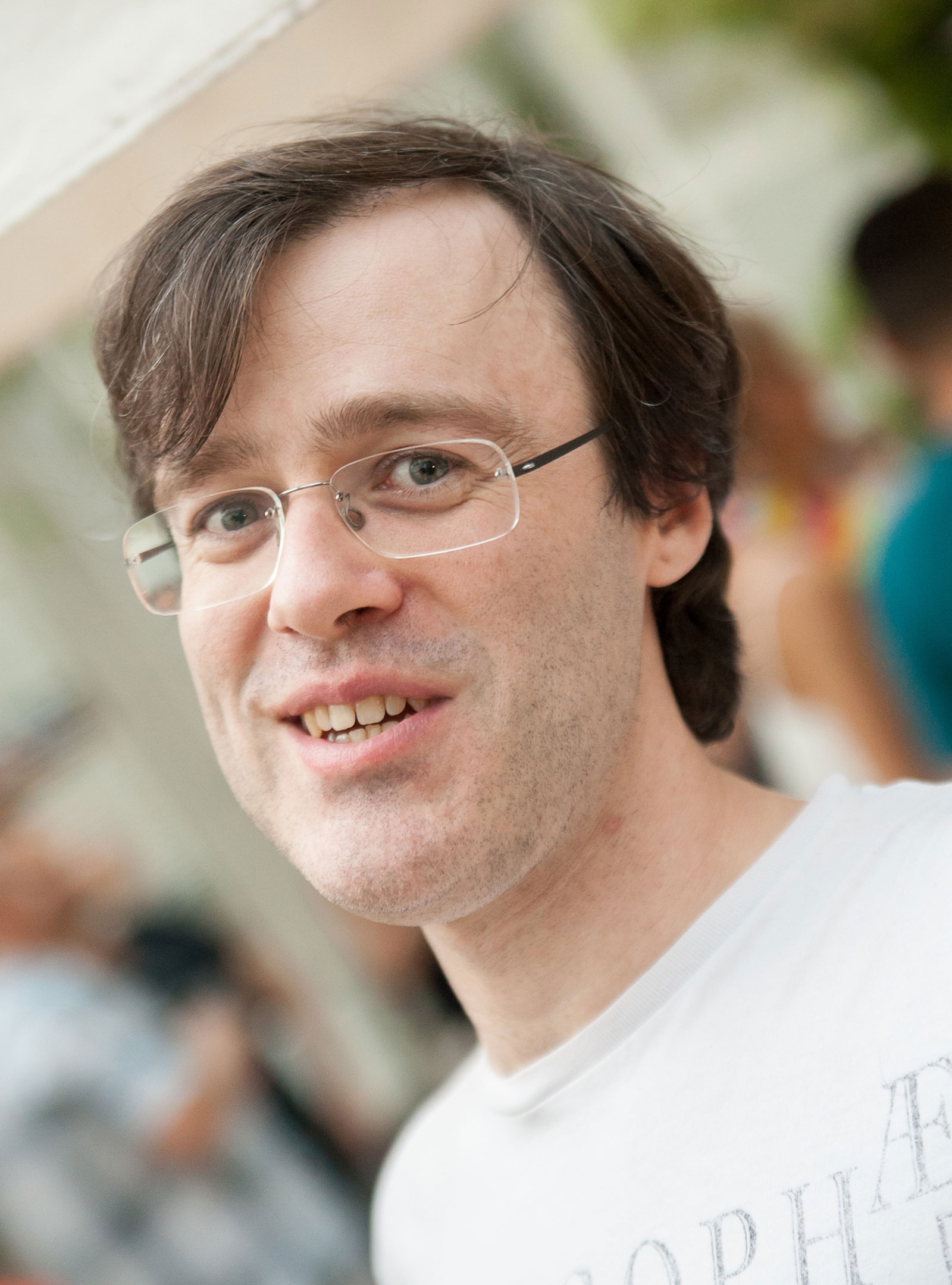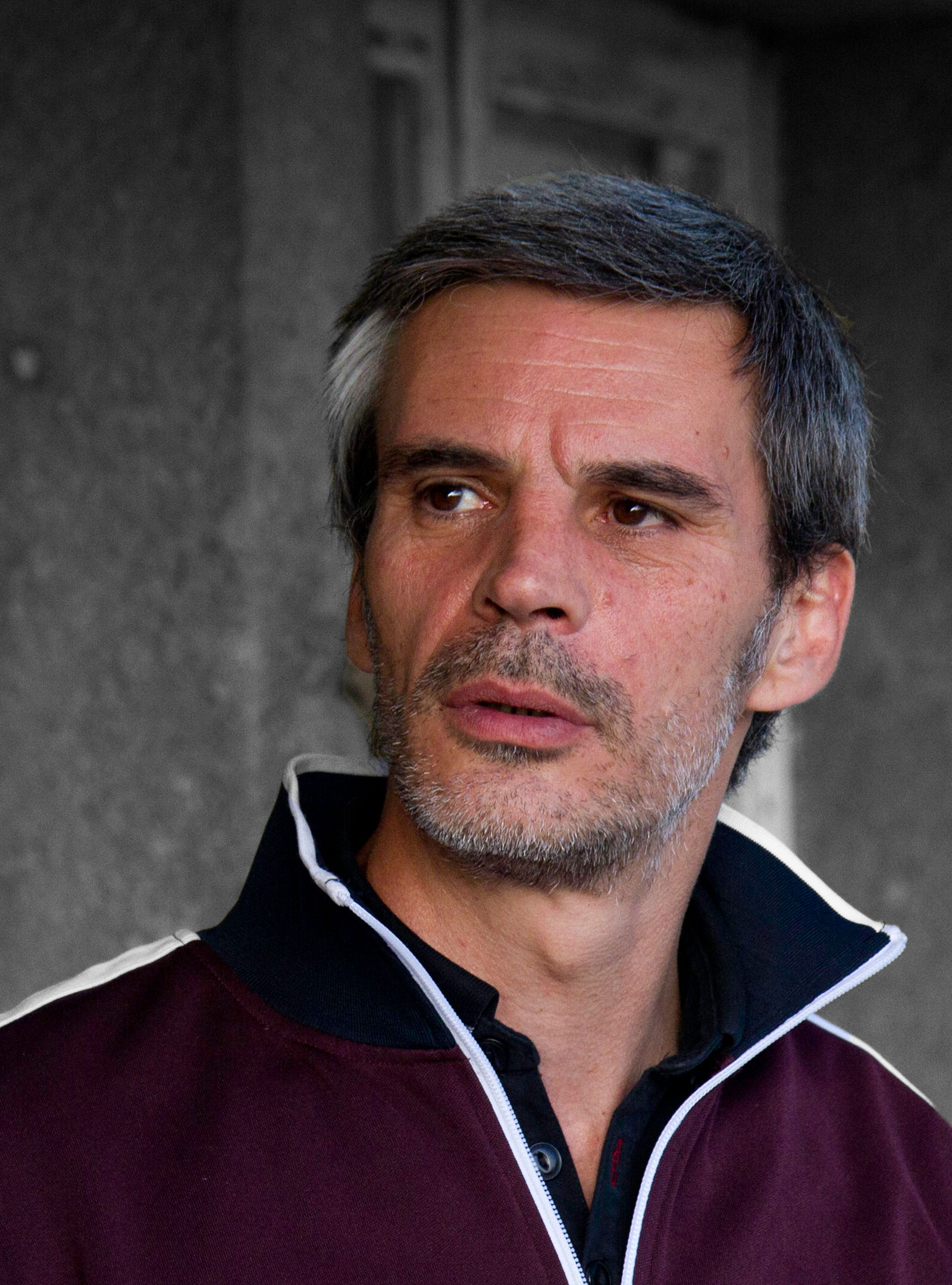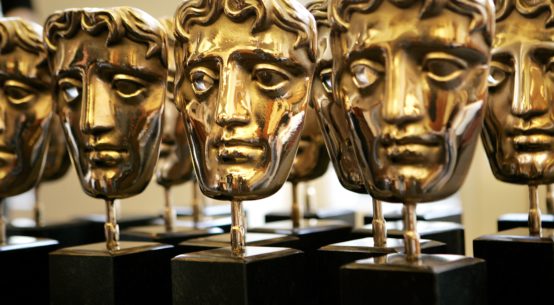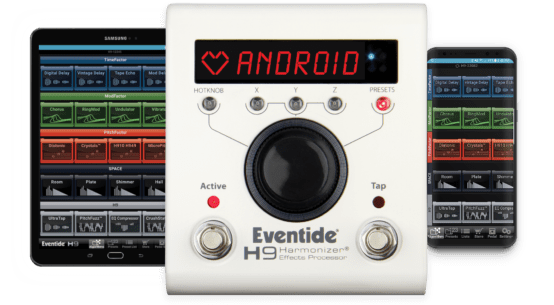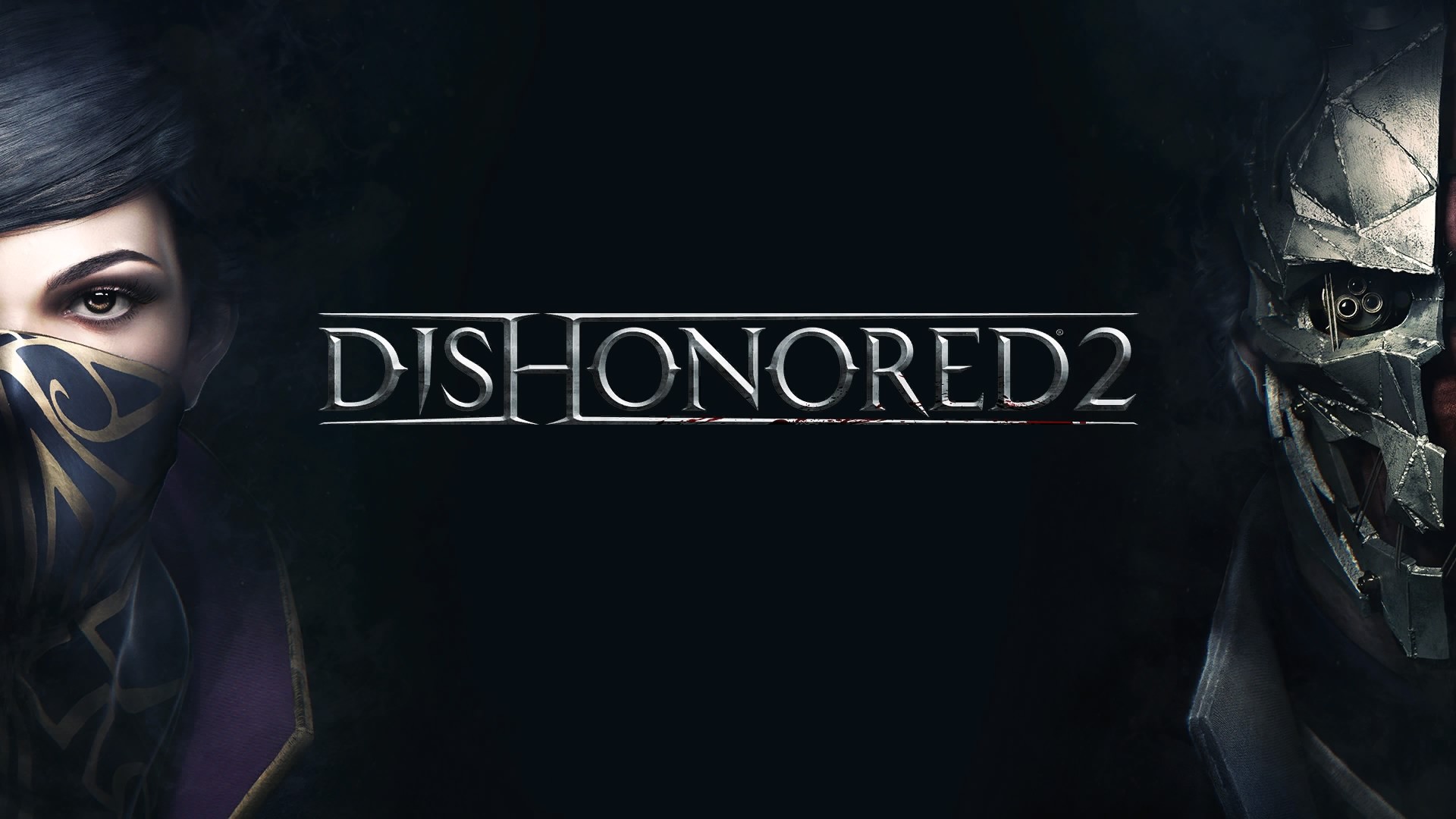
Sam Hughes chats to Thomas Mitton, Fabrice Fournet & Frederic Devanlay about their work on the audio for Dishonoured 2! [showhide type=”bios” more_text=”Click here to reveal their bios” less_text=”LESS” ]
Thomas Mitton
After 4 years in Paris studying and working for the cinema industry, I went back into my hometown Lyon in 2004 to join Etranges Libellules (ELB) as a sound designer and then lead audio. My very first game was Asterix & Obelix: XXL2, and after 6 games I went to Arkane in 2010 to be part of the team on Dishonored & Dishonored 2.
As a contractor, I also worked on games like Alone in the Dark 5/Eden Games (ingame cinematics), and Rogue Planet, a mobile game from Agharta Studio/Gameloft. Between 2007 & 2010, I sometimes participated on various projects at Arkane such as The Crossing and Ravenholm. I always worked alone for the design & the setup, but Dishonored 2 has a more ambitious scope than the previous opus, that’s why I decided to call Frederic for an audio sources and sound design (strong) support, that helped me to focus only on audio direction & the setup.
Credits:
Asterix & Obelix: XXL2
Arthur & the invisibles
Asterix at the Olympic Games
Spyro: Dawn of the Dragon
Disney Alice in Wonderland
How to Train Your Dragon
Alone in the Dark
Rogue Planet
Dishonored
Dishonored DLC’s
Dishonored 2
Fabrice Fournet
Fabrice is a 9 years professional video game developer. In 2007, after studies in computer sciences, he got his 1st job at Eden Games as QA and data manager. Then he worked on TestDrive Unlimited 2 as engine programmer.
After Eden Games closure, he had an opportunity to continue on Arkane-Studios hit, Dishonored. As a tech programmer, he worked on game engine features. Lately, he was responsible of the Audio and UI pipeline on the sequel : Dishonored 2.
Frederic Devanlay
I was born in and still live in Paris. I attended music school for 3 years, I play percussions and keyboard. In the mid 80’s I played in a band with new wave’s influences and synthesizers and I progressively made some sound effects during this process. I had found my way… I wanted to be sound designer.
In the 1990’s, I founded my company, Big Wheels Studio, a recording studio with the aim to make sounds for video games. I have been multi nominated for “best sound design” (BAFTA, GANG awards). In 2014 I co founded Red libraries, to make sound collections for games and films.
Credits in Games :
Splinter cell 2&4
Farcry 2
Dishonored 2
Life is Strange
Remember Me
Ghost Recon AW
Heroes of M&M
Dark Messiah
Rainbow six Vegas
Rayman
Driver
Raving Rabbids
…To be continued
[/showhide]
How did you approach sound design for a steampunk world, and how was it different from the 1st instalment?
Thomas Mitton: Karnaca is a very different place. It’s warmer, sunnier but also harsher and ruled by a crazy aristocrat: The Duke Luca Abele. No rat plague here as we found previously in Dunwall, but an unstoppable bloodflies infestation. You are not really welcome here, and the player will discover disease and decay through the many districts of the city.
Fabrice Fournet: We’re using much more 3D sources to enhance ambience drones and music. There is a lot of mechanical and industrial (gears, fans, pipes, weaponry, clothing…) sounds here and there almost always accompanying the player.
Coming back with a new engine, we’ve started with almost the same design principles in mind as our previous production. We always thought about the errors from Dishonored 1, trying to fix them while adding more content and drive the quality on higher grounds. The engine supports large world propagation with multiples environments applied per object at once.
Frederic Devanlay: For me it was a challenge because I didn’t work on the first opus. Arnaud and Thomas spent long hours to explain me the history of the game, the context and the characters. All mechanics in the mansion for Ex must be powerful but working perfectly, no squeaks, groans or creaks. All objects were made in multi sound layers because they have full details and different textures (Ivory, wood, metal, silver…)
Was the mix of a coastal city and an industrial setting difficult to strike a balance between?
FF: This kind of setup means a more lively area. We have much more NPCs living their lives and interacting with each other. What quickly happened is the player only hearing blabbering from all directions and almost nothing from the environment, losing important information and not being able to simply enjoy the place they stand in.
We came up with a solution by combining stepped attenuation profiles and multiple layers of ducking, controlled by the propagation results. This prioritizes the most important piece of information while letting the player enjoy the environment.
We found in some cases the guards sounded like they were very close to us when they were outside, how were their voices treated based on their relation to our character’s position?
FF: The same way as the other 3D sound sources. We’re using a shape-based audio propagation setup which represents the sound world and produces multiples vectors for each 3D sound source to any virtual microphones. It is multi-purpose, as the computed results manage both sound composition but also feeds results to AI and subtitle display system for example.
NPCs voices and speech lines are setup using a dedicated tool which permit to associate a group of waveforms to an attenuation preset. The bug you’ve experienced relates to a bad combination of an incorrect preset (the longer distance allowed, the lesser the attenuation) and/or an area setup leaving a path for audio to propagate, from outside to inside. We’ve got tools to preview propagation results in real-time but our levels are very organic and are iterated so many times that some errors are likely to have slipped through; we’ll do better next time.
TM: About the guards and all the NPC’s bad distance / attenuation, yep it’s a bug, and it will be fix very soon.
What led the decision for Corvo Attano to find his voice as opposed to keeping the main characters silent?
TM: A silent character like Gordon Freeman or Corvo in Dishonored 1 allows the player to better blend with the hero, like when you read a book. I guess people nowadays are much more accustomed with talking characters, and it’s fine, but not the same approach. We tried with Daud in Dishonored’s DLCs with the awesome Michael Madsen, and people really loved it. Stephen Russel (Garrett in the first Thief games) provided such an amazing performance, nobody was angry about the change.
How was music implemented and made to be adaptive within the game?
FF: Our music system dynamically modify segments of configuration based on the level of danger and the enemies encountered. Music segments will evolve differently if the player is confronted to a blood-flies swarm, guards, or elite guards. The number of opponents is also taken in account to determine a stress level further changing the final result.
Does the music and sound design change significantly depending on the amount of “chaos”/murderous decisions the player makes, and how?
TM: Actually no… I came with the idea early in the project, but it was unclear that chaos will be present in that kind of way. Due to schedules and a lot of iterations, we kept the same music setting as in the previous game.
But, I truly think that it’s still a great immersive idea we need to experience on future projects.
Are the movements/impacts/weapons of Corvo Attano and Emily Kaldwin treated differently?
FD: For the foleys, yes, different shoes, different clothes and gear.
FF: We apply volume & pitch modulation on random sources for contacts SFXs for every physically computed events, based on the impulsion force. Excepted for some baked events, all impacts are slightly different each time.
What was it like designing the different weapon sounds?
FD: First, we need to analysed what this weapon does or what is it for (e.g. gun, grenade, bow…). The different mechanisms of the weapon, what materials is it made of and i it for stealth or powerful effect.
FF: Also something to note about one dominant gadget: the spyglass.
Dishonored 1 moved the main microphone to the farthest position away from the player. It gave strange results such as sudden audio cuts when pointing places without obstacles and incorrect positioning: on multi-channel setups you could hear observed elements behind you.
In Dishonored 2, we compute the camera focus plane, interpolated frame to frame to ensure transition smoothness. We use the result to place a secondary microphone in the scene which also ensures that all sources caught from behind are transposed to frontal channels. This effectively fixes the problems from our previous game, always registering sounds while keeping audio frame coherency.
Audiographs have a strong presence in receiving clues to complete missions, why was this choice made over visuals/text?
TM: In our games, the gameplay is very open and we try to give the player maximum possibilities and freedom. The audiograph doesn’t prevent the player from continuing his progression, so you can grab it and play it from your inventory and explore at the same time.
What kind of Foley/source materials were used throughout the game, especially when it came to magic/spells?
FD: The raw materials were fire sparkles, wind blows, wood, ice and water. I used some granular synth to morph the textures with synth sounds. Ice give the density and the crunchy sensation, wind blows or water flows can give the movement effect. Synth pads, bells or chimes are great for the magical colour. Some sounds from fireworks can be good too.
How was the soundscape for “The Void” achieved?
FD: We blended together voices, rumble, wind, synth pads and stone scrapes.
TM: There’s a lot of drones and weird sounds. You can hear music sometimes, but it’s rare. The idea was to make this place strange and majestic. Not totally creepy, but not welcoming either.
We hope you enjoyed our interview for Dishonored 2! Feel free to check out more of these at the Interviews page. Also, don’t forget to sign up to our Monthly Newsletter to make sure you don’t miss anything!
If you’re feeling generous there’s also our Patreon page and we appreciate all the support!
The Sound Architect


